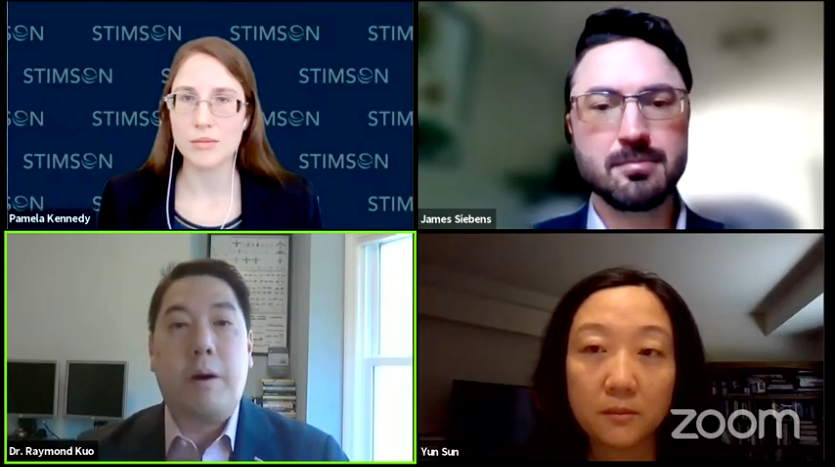
The Center for Security Policy Studies at the Schar School of Policy and Government is pleased to announce a recent publication by author Raymond Kuo, an independent political scientist based in Minneapolis. Kuo’s book, Contests of Initiative: Confronting China’s Gray Zone Strategy, is the third in a series of monographs published by CSPS. Each of the publications is available at the CSPS website.
- In Terror Vanquished, Simon Clark analyzes how General Carlo Alberto dalla Chiesa successfully led the Italian state in its effort to eradicate the Red Brigades, an Italian domestic terrorist organization. These insights may prove useful to other states, including the U.S., which increasingly experience rising polarization and extreme political thoughts and behaviors.
- In A Question of Time, Schar School assistant professor Michael Hunzeker and others argue that Taiwan, and the rest of the world, can expect an escalation of Chinese aggression in the South China Sea, including the possibility of a Chinese invasion of Taiwan. They conclude with recommendations for how the Taiwanese government can prepare for such an eventuality.
In Contests of Initiative, the newest publication, author Kuo recommends three distinct courses of action that the United States can take to defeat and deter Chinese coercion tactics in the South China Sea.
The three strategies Kuo advocates are distinct from those previously considered. First, the U.S. could seek an accommodation strategy, wherein Washington acknowledges some of China’s territorial claims and in exchange, the Chinese accept American naval dominance and allow for freedom of navigation. While it may sound somewhat like appeasement, and Kuo acknowledges that smaller regional states will object, adopting such a strategy would allow the U.S. to focus national security resources elsewhere.
Second, the U.S. can rebuff its strategy of pivotal deterrence. The U.S. can place more naval forces in the region, both to serve other strategies and to enforce the agreement struck by Kuo’s first strategy of accommodation. Placing more naval forces in the region would also ensure two major policy goals: ensuring freedom of navigation and deterring Chinese coercion.
Third, the U.S. can act strategically by closely aligning itself with regional partners, in what Kuo calls a shift from pivotal to extended deterrence. Kuo acknowledges that due to Chinese coercion, regional states in South East Asia are already seeking closer ties to the U.S. However, this may be the most difficult strategy to implement, as it requires that the U.S. develop its own coercive capabilities to come to the support of its allies.
The Washington, D.C.-based Stimson Center recently held a discussion with Kuo on his book. A recording of the discussion is now available online.
